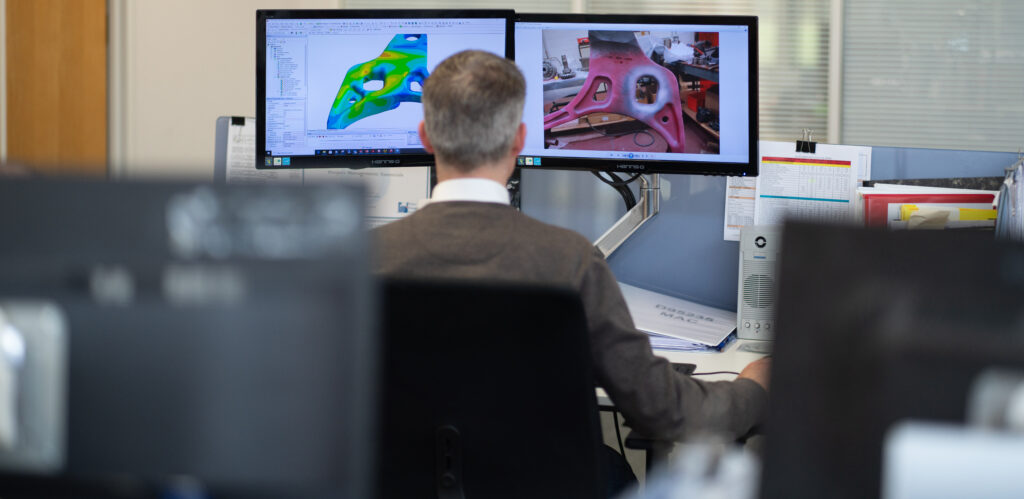ATTI asks a selection of industry professionals about their company’s typical testing approach and how it is applied under immense regulatory and engineering pressure, on time and within budget. Next up: Gary Fitzpatrick, engineering manager at Timoney Technology.
Timoney Technology designs engineering solutions that solve ride and handling issues in heavy-duty vehicles. Increasing vehicle weight is throwing another challenge into the mix when it comes to vehicle development, as Fitzpatrick says: “The gross weight of a vehicle (GVW) directly affects mobility. Over time, GVW often increases due to how the vehicle is operated, changes in legislation, and even vehicle modifications, the consequences of which are slower, less-mobile vehicles; reduced component life due to overloading; increased maintenance costs; and increased fuel consumption.”
To improve vehicle performance, Timoney has developed a comprehensive weight-reduction process that is applied during the creation of new systems. “This process includes defining a representative vehicle duty cycle with real-world loads; developing the overall concept using a combination of proprietary in-house programs and commercially available software; calculating the expected results from first principles; completing a finite element analysis (FEA) of the components in Ansys; verifying FEA set-up against the first-principle results; and refining and finalizing the design based on the FEA results in accordance with the agreed design criteria,” Fitzpatrick says.
Only once these stages are complete will Timoney build the prototype product from its technical data package (TDP). “We then complete physical torque, fatigue and structural tests whereby parts can be strain-gauged to correlate real-world results with FEA results,” Fitzpatrick says. “Next, we revise and refine the TDP based on the test results before moving to final field testing. On a recent project, for example, we saved more than 900 lb across the full vehicle driveline. We also maintained interfaces and exterior envelopes so new components could be retrofitted without changes to the vehicle’s structure.”


